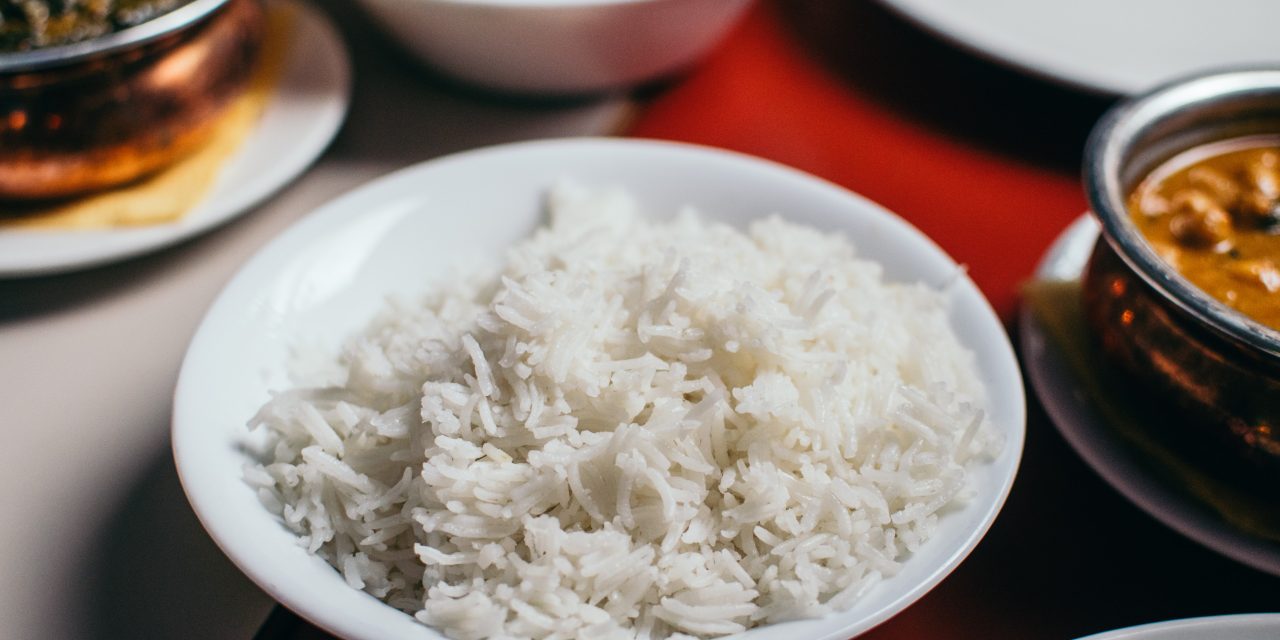Rice has long been a staple food for over half the world’s population. With over 90% of all production coming from Asia, rice is also cultivated in North and South America, parts of Europe and Australia.
This healthy and inexpensive cereal grain comes in many varieties, ranging from Basmati and Jasmine to Arborio and Mogra and with an abundance of vitamins, minerals and carbohydrates it can supply a significant proportion of a person’s energy and nutritional needs each day. The versatility of this delicious grain allows it to be used in both savory and sweet dishes, such as biryanis and paellas, to rice puddings and horchata.
With a dish to cater for every taste and occasion, it is important to prepare rice correctly. Unfortunately, this humble grain is often undercooked resulting in a hard, chewy consistency or prepared with too much water causing a soggy, starchy and gooey mess.
This article will provide some helpful tips to ensure your rice dishes produce soft and fluffy grains which are cooked to perfection every time.
Rinse Your Rice
This is an important first step to help remove the excess starch which coats each grain of rice ensuring it doesn’t gelatinize during the cooking process causing the rice to stick together. In addition to this, washing your rice will also remove impurities such as dirt, chemicals, debris and dust which can accumulate during transit or production.
Studies have also shown that rice contains between 0.1 to 0.4 mg of inorganic arsenic which is much higher than levels found in other grains such as wheat or barley. Washing rice thoroughly beforehand can help reduce the amount of stored arsenic within each grain.
Rinse the rice with cold water by gently rubbing the grains with your hands to remove the starchy coating more effectively. Rinse and repeat this process until the water begins to turn clear. Depending on the amount of rice you are preparing, three to four times should be enough.
Certain varieties of rice such as wild, wholegrain or glutinous varieties like sticky rice should be soaked before cooking for at least four hours. Learn how to cook arborio rice here.
Get Your Ratios Right
The ratio of rice to water is vital to get right as it will determine whether you end up with a mushy, dry or fluffy consistency. A general rule when cooking long grain varieties of rice such as Basmati is to use two cups of water for one cup of rice, while short grain rice requires only 1¼ cups of water for every cup of rice. A drop of oil mixed into the water can also prevent your rice from sticking together.
Let It Rest
This final step is also the most overlooked during the cooking process. Once your rice is cooked, take it off the heat and let it rest for about 15 to 30 minutes with the lid on. This will let the moisture in the pot to distribute itself evenly resulting in a fluffy texture at the bottom layers as well as the top. To make your rice as fluffy as possible use a carving fork or rice paddle to separate the grains once cooked.
By following the tips in this article you will now be able to cook your rice to perfection each and every time.







Recent Comments